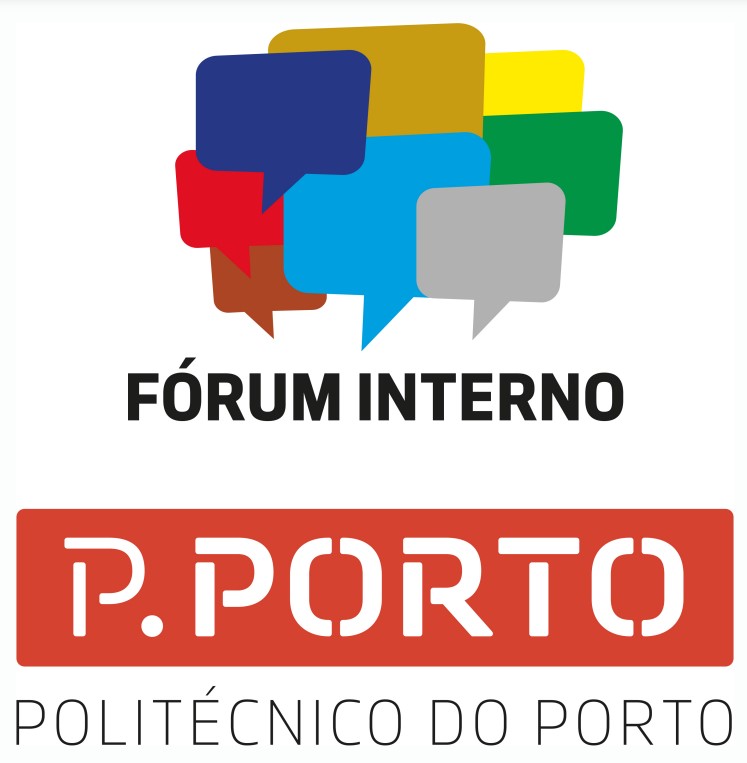Continuous assessment in higher education using active methodologies: Comparative perspective of teachers and students
DOI:
https://doi.org/10.34630/sensos-e.v6i3.3114Keywords:
Active Methodologies, Socrative, Assessment, Higher Education, Classroom Response SystemsAbstract
Technologies affects the way of thinking and living of the modern societies. The XXI century students live in the digital era, so it seems inevitable the introduction of technology in classrooms. If times are changing, teaching must be able to follow this change. To make it happen, it is necessary to change teaching-learning and evaluation methodologies. In the scope of the discussion, improvement and implementation of new pedagogical approaches, the active methodologies, supported by ICT.
In this context, and considering the willingness to improve teaching practices, and the perception that few studies address the applicability of new digital technologies as an evaluation instrument, it was included moments of continuous evaluation using Socrative - simple application of response that allows to evaluate real-time knowledge - in three curricular units of the Scientific Technical Area of Clinical Analysis and Public Health in the Biomedical Sciences Laboratory Course, ESS-IPP.
To evaluate the perception of teachers and students about the use of this tool, the methodology of inquiry by questionnaire was used. From the results obtained, there is a high motivation and acceptance, by both groups, of the Socrative as a continuous evaluation tool. Real-time knowledge of the results and level of learning, promotion of learning more directed to difficulties by allowing self-diagnosis were the main reasons enumerated by the students. Teachers valued the real-time achievement of individual results, class performance, cumulative outcomes per question, and feedback from students. The limitations identified relate to the (in) availability of the internet and the "compatible" mobile device, the lack of permission to change the answer option in the same session and the impossibility of assigning scores according to the typology of the questions and, thus, assess to the quantitative final score.



